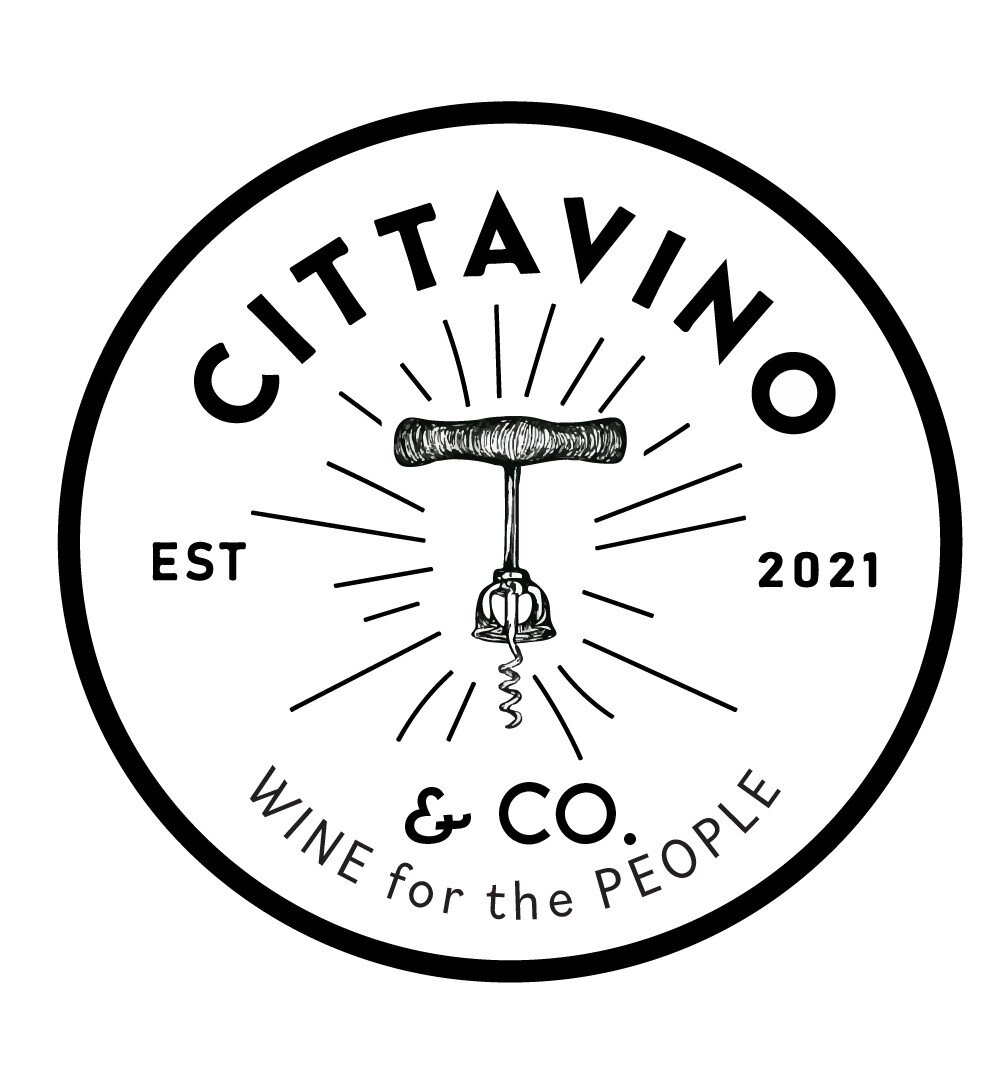CANTELE
The Cantele winery (Masseria) © Cittavino&Co.
The story begins with Giovanni Battista Cantele who moved from Pramaggione, Veneto (in northern Italy) to grow grapes in Puglia. His wife, Teresa, soon followed as both were enamored by the Puglian countryside. They went against the grain, as at this time, immediately post WWI, people were leaving the devastated south to look for work in the north.
Initially, Giovanni sold his grapes, but his son’s took the winery in a different direction in 1979. His son, Augusto, returned to the Veneto to study at the acclaimed winemaking school in Conegliano. Augusto returned to his family in Lecce and began working as a consultant in the villages of Guagnano and Salice Salentino. He bought his first vineyards in the 1990s and produced the first bottles with the Cantele family name.
TOday, the winery is run by Giovanni and Teresa’s grandchildren children: Gianni, Paolo, Umberto and Luisa.
Cantele prides themself on their cultivation of indigenous grapes as well as their practice of integrated agriculture. They monitor weather and soil conditions to determine the best strategies for bolstering vineyard health without overuse of spraying. Every effort is made to prevent and combat vine disease using agricultural, physical, organic, and biotechnological means.
They also work with the department of agriculture at the University of Bari. Initially the partnership was former to identify the indigenous/natural yeasts on the skins of Negroamaro grapes. This study has helped them to control Brettanomyces-- a natural and harmless bacteria, but it can contaminate wine and produce “off” flavors (“barnyard” is often an indicator of such contamination). It is especially prevalent in Negroamaro wines, and Cantele has found a way to naturally control it in their wines.
Cantele mostly cultivates native Pugliese grapes: Negroamaro, Primitivo, Susumaniello, and Verdeca. They do also grow chardonnay, which is now a rather common inetrational grape in Puglia.
sand, clay, sub soil of limestone and calcareous-clay, with some iron rich areas.
Because of the hot, and at times windy weather, their older vines are bush-trained, which is the traditional alberello system of the area that uses no trellising. The younger vines are trained using classic systems: cordon-trained spur-pruned and Guyot.
Production Areas
Alberobello (Bari), Guagnano (Lecce), Campi Salentina (Lecce), Torricella (Taranto), San Pietro V.co (Brindisi).
Paolo admiring some Primitivo vines © Cittavino&Co.
view from the Cantina © Cittavino&Co.



